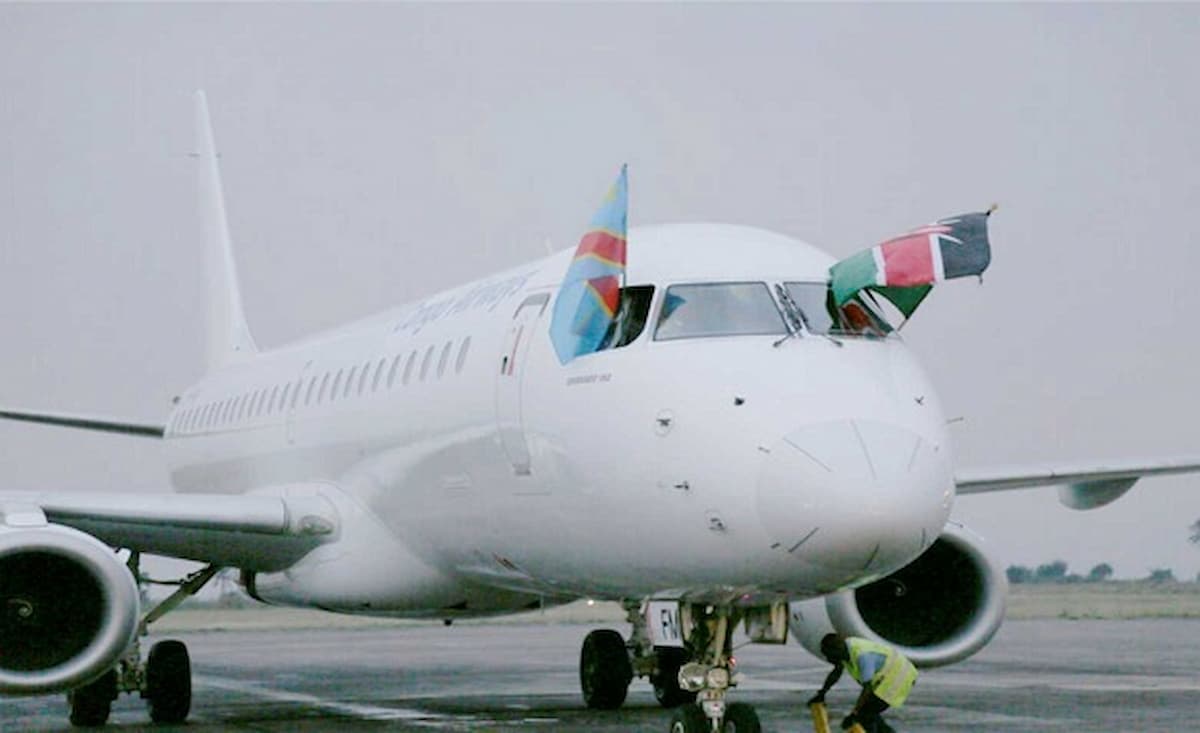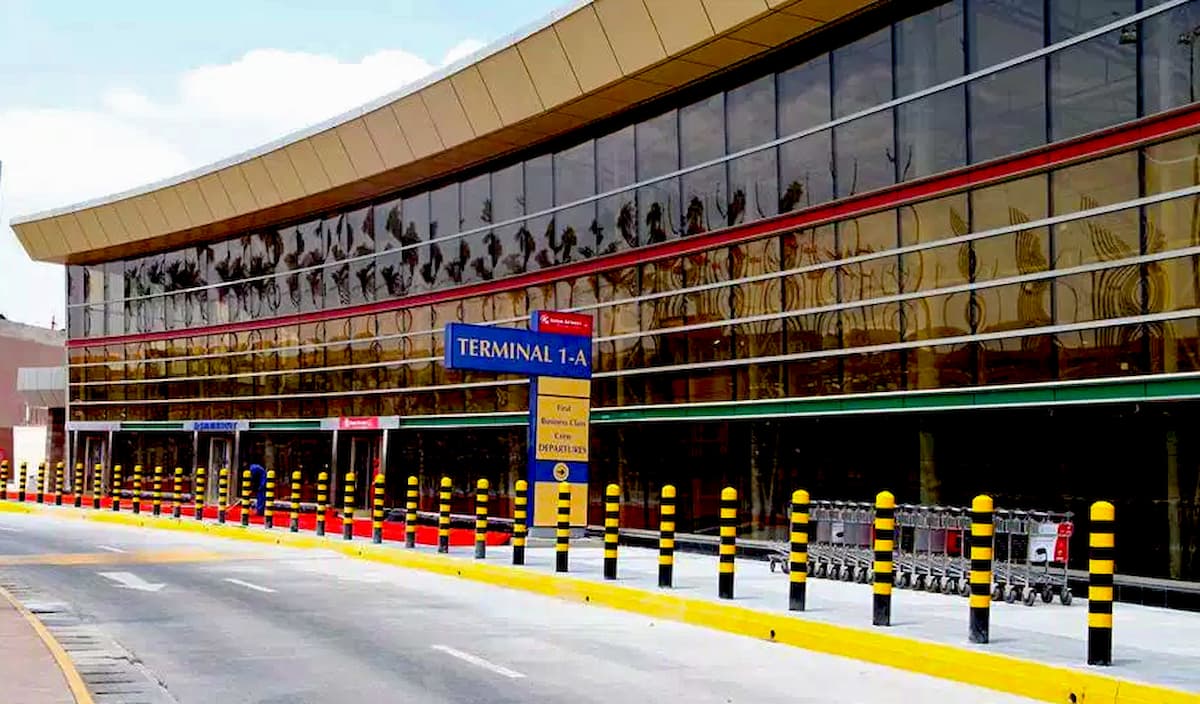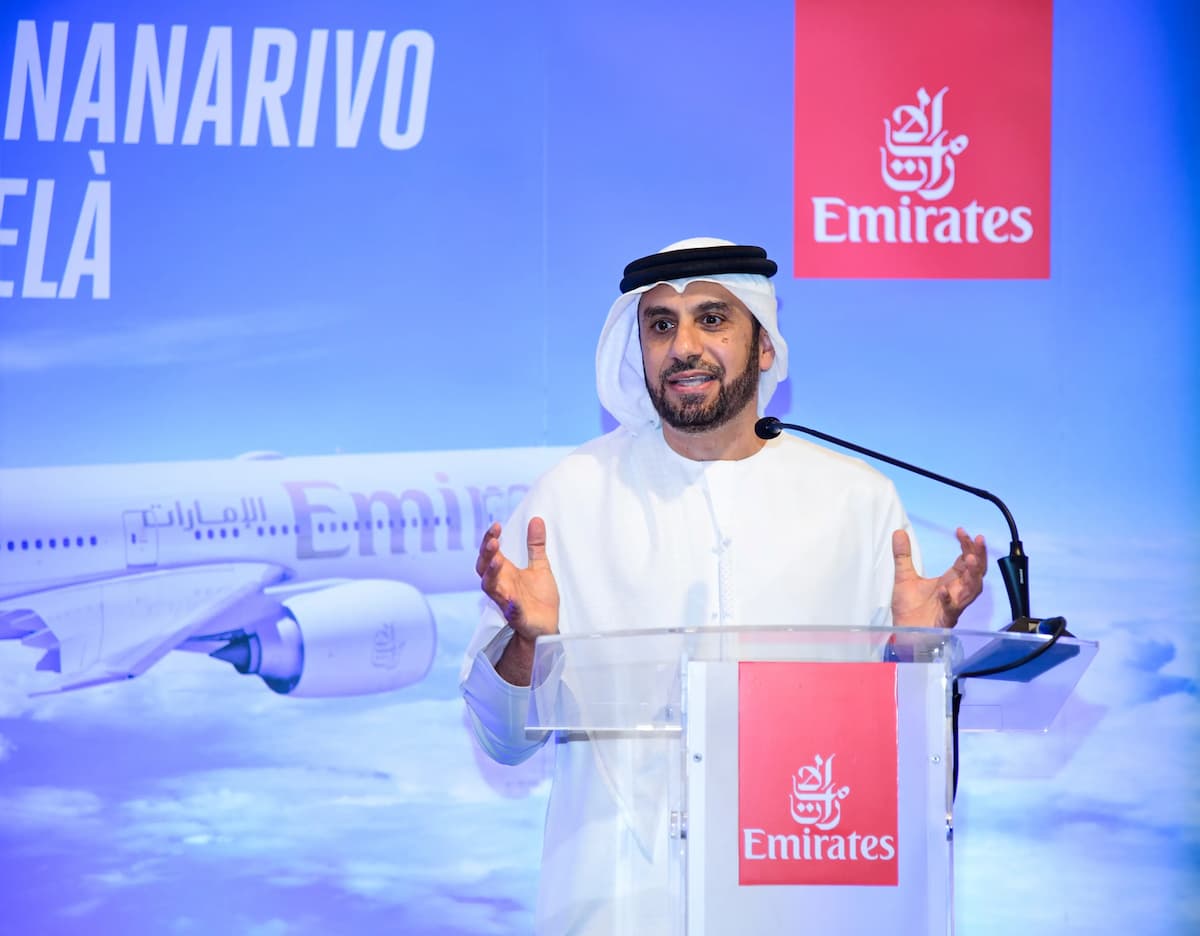
SalamAir launches affordable nonstop flights between Muscat and Nairobi starting February 2025, connecting Oman and Kenya for tourism, trade, and travel.
SalamAir, Oman’s leading low-cost airline, has unveiled its latest route, adding Nairobi, Kenya, to its growing network of destinations. The direct flights, set to commence in February 2025, will connect Muscat and Nairobi, offering travelers an affordable and convenient way to explore Kenya’s rich culture, breathtaking landscapes, and bustling economy. With fares starting at just 49.99 OMR, SalamAir continues to redefine travel by making global destinations more accessible.
The decision to expand into East Africa reflects SalamAir’s commitment to fostering stronger ties between Oman and key regions worldwide. Nairobi, known as the “Green City in the Sun,” is a gateway to East Africa, attracting tourists, entrepreneurs, and business leaders from around the world.
Bridging Cultures and Economies
With two weekly flights, SalamAir aims to enhance connectivity between Oman and Kenya while providing onward access to other destinations. Passengers traveling from Nairobi can seamlessly connect to SalamAir’s extensive network, including India, Thailand, Central Asia, and other major hubs. This new route also offers Omani travelers an opportunity to discover Kenya’s world-renowned wildlife, vibrant cities, and stunning coastal resorts.
Adrian Hamilton-Manns, CEO of SalamAir, shared his enthusiasm about the launch, stating:
SalamAir’s CEO, Adrian Hamilton-Manns, commented: “We are really thrilled to add Nairobi to our expanding network, marking a significant milestone in our expansion into the African market. Nairobi is not only a hub for international travelers but also a growing center for business, technology, and education, making it a vital link for those looking to connect with opportunities in both regions, emphasizing Nairobi’s position as the key gateway to East Africa. With Nairobi added to our network, we can now connect passengers from East Africa to India, Thailand, Central Asia, and other points on our network for very low fares.”
SalamAir’s focus on affordable travel ensures that more people can explore these opportunities, making Nairobi and Oman closer than ever.
Why Choose SalamAir for Nairobi Flights?
SalamAir’s entry into the Nairobi route disrupts the high-priced legacy airline market by introducing budget-friendly fares and convenient services. Whether you’re traveling for business, leisure, or education, SalamAir promises a seamless experience without compromising on quality. Here’s what sets SalamAir apart:
- Affordable Fares: Starting at just 49.99 OMR, SalamAir’s Lite fare offers unbeatable prices, making travel accessible for everyone.
- Convenient Connections: SalamAir’s network links Nairobi to destinations across the Middle East, Asia, and beyond, catering to diverse travel needs.
- Customer-Centric Service: As a low-cost carrier, SalamAir focuses on providing value-driven services, allowing passengers to customize their travel experience.
- Strategic Growth: By targeting underserved markets, SalamAir continues to expand its footprint while offering affordable alternatives for travelers.
Exploring Nairobi: The Jewel of East Africa
Nairobi is more than just Kenya’s capital—it’s a dynamic city with something for everyone. As SalamAir launches its direct flights, here’s a glimpse of what awaits travelers:
- Wildlife Wonders: Nairobi National Park, located just outside the city, offers a unique chance to witness lions, giraffes, and rhinos against a backdrop of urban skyscrapers.
- Cultural Richness: Explore Kenya’s vibrant traditions at the Nairobi National Museum, Maasai markets, and Bomas of Kenya cultural center.
- Thriving Economy: Nairobi is a hub for technology, trade, and innovation, earning its nickname “Silicon Savannah.”
- Delicious Cuisine: Savor authentic Kenyan dishes like nyama choma (grilled meat), ugali, and samosas at local eateries.
SalamAir’s new route makes it easier than ever to experience the magic of Nairobi, whether you’re exploring the great outdoors or engaging in business ventures.
Connecting Africa and the World
The introduction of the Muscat-Nairobi route is a testament to SalamAir’s vision of connecting people and cultures. This expansion is part of SalamAir’s broader strategy to grow its network while fostering economic ties between Oman and East Africa. By linking two dynamic regions, SalamAir supports tourism, trade, and cross-cultural exchange, creating opportunities for growth on both ends.
Passengers flying with SalamAir will also benefit from its modern fleet, reliable services, and a customer-first approach. As the airline continues to expand into Africa, it remains committed to maintaining the affordability and quality that have become its hallmark.
SalamAir’s Impact on Affordable Air Travel
Since its inception, SalamAir has revolutionized the aviation industry in Oman by focusing on low-cost travel. By offering budget-friendly options, the airline has enabled more people to explore the world, fostering connections and enriching lives. The Nairobi route is another step in SalamAir’s journey toward making air travel accessible to all.
Affordable Fares That Set SalamAir Apart
For passengers accustomed to high-fare legacy carriers, SalamAir offers a refreshing alternative. With fares up to 70% lower than those of competitors, SalamAir’s Lite fare on the Nairobi route starts at just 49.99 OMR. This affordability opens up new possibilities for leisure and business travelers alike.
By focusing on a low-cost model, SalamAir ensures that travel becomes an option for everyone—not just a privilege for a few. Whether you’re planning a safari adventure, a business trip, or a cultural exploration, SalamAir’s pricing makes it possible to turn your travel dreams into reality.
What This Means for Tourism and Trade
The launch of direct flights between Muscat and Nairobi is expected to have a significant impact on tourism and trade between the Middle East and East Africa. Kenya is a top destination for its wildlife safaris, beach resorts, and cultural heritage, while Oman offers rich history, stunning landscapes, and warm hospitality. By bridging these two regions, SalamAir enables easier travel and opens doors to new opportunities.
Additionally, the route will benefit business travelers, creating a direct link for trade and investment between Oman and Kenya. The increased connectivity is likely to spur economic growth, fostering partnerships that benefit both countries.
Plan Your Journey with SalamAir
With flights beginning February 2025, SalamAir invites travelers to experience affordable, high-quality travel on its new Nairobi route. Book your tickets early to take advantage of the low introductory fares and embark on an unforgettable journey to one of Africa’s most exciting destinations.
Whether you’re drawn to Nairobi’s wildlife, its thriving business environment, or its rich cultural heritage, SalamAir ensures a travel experience that’s budget-friendly, convenient, and enjoyable. Don’t miss this opportunity to explore the wonders of Nairobi with SalamAir.
Key Takeaways
- Launch Date: Direct flights between Muscat and Nairobi start February 2025.
- Frequencies: Two weekly flights connecting Oman to Kenya and beyond.
- Fares: Lite fares starting at just 49.99 OMR.
- Opportunities: Affordable access to Nairobi’s culture, wildlife, business, and educational opportunities.
- Connectivity: Seamless links to SalamAir’s network, including India, Thailand, and Central Asia.
Source: Travel and Tour World





































